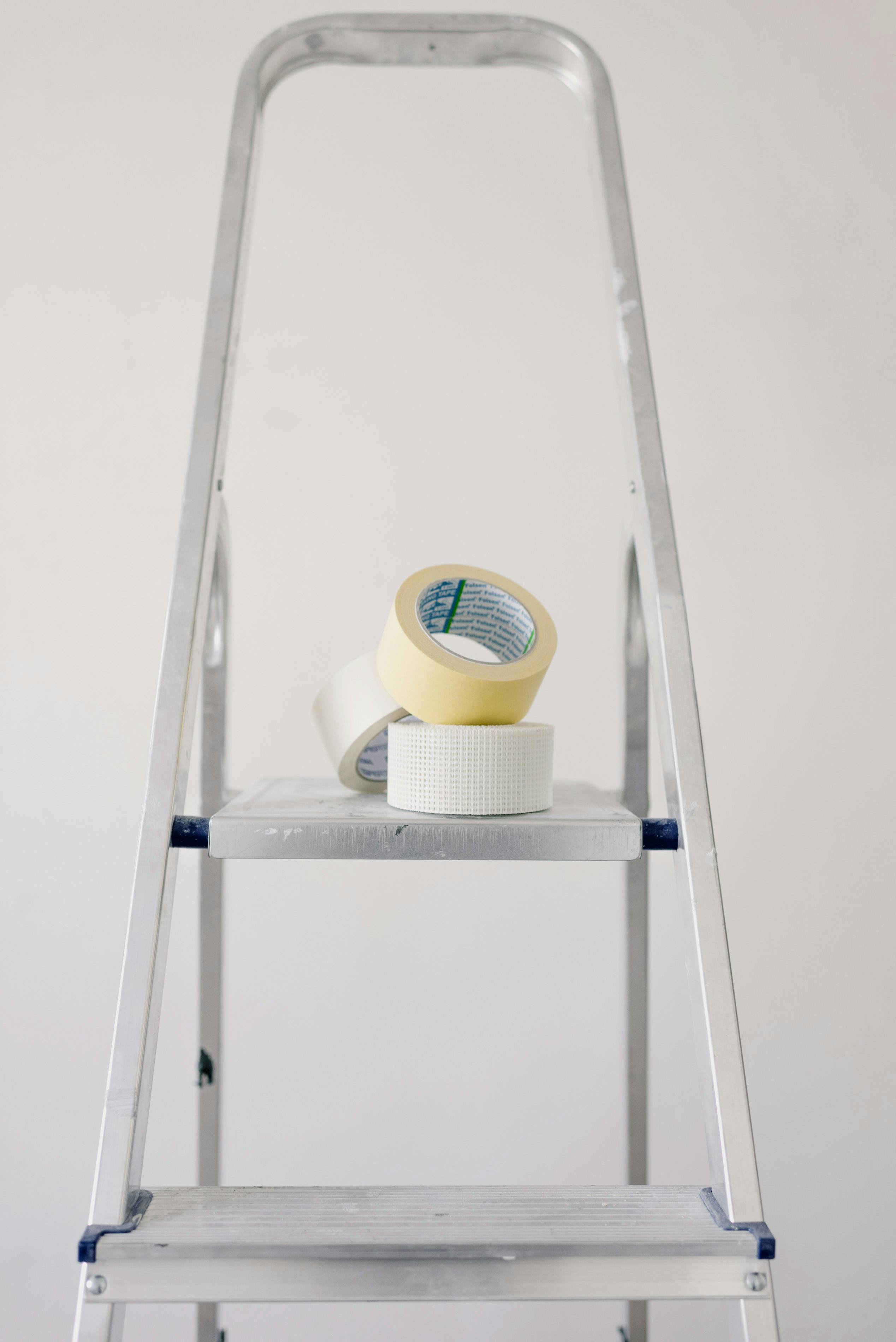
Introduction to Home Drainage Improvement with Sump Pump Installation
When it comes to home improvements, one critical aspect that is commonly overlooked is drainage. Proper drainage is integral to maintaining the strength and durability of your property. Any sign of flooding or waterlogging in your basement can lead to significant structural damages. This is where the role of a sump pump becomes paramount. A sump pump helps redirect water away from your house, keeping your basement dry and free from potential damages. This guide offers a comprehensive overview of DIY sump pump installation to enhance your home's drainage system.
Understanding the Importance of a Sump Pump
A sump pump acts as a protective shield for your home infrastructure, especially if you're located in regions prone to heavy rainfall or flooding. It is typically installed in the lowest part of your house, usually the basement, to collect excess water and redirect it away from your home. Its proactive role in preventing basement flooding and water damages makes it a must-have in every household.
The Basics of DIY Sump Pump Installation
Do-it-yourself sump pump installation can seem overwhelming at first. However, with the right steps and a basic understanding of plumbing fundamentals, homeowners can successfully install a sump pump without requiring professional help. Before you begin the process, ensure you have the right equipment: sump pump, PVC pipe, check valve, electric drill, hole saw, gravel, and sealing materials.
Step-by-Step DIY Sump Pump Installation
Step 1: Identify the Installation Area
Identifying where to install your sump pump is crucial. It should be positioned in the lowest part of your basement where water tends to accumulate. Ensure the location is near an electrical outlet and has a discharge location in close proximity.
Step 2: Dig a Hole for the Sump Pit
The next step is to dig a hole for the sump pit. The hole size should be wide and deep enough to accommodate your sump pump. After digging the hole, place your sump basin in, ensuring it fits perfectly.
Step 3: Install the Sump Pump
After the pit is ready, it's time to install the pump. Place it in the basin, ensuring it sits perfectly at the bottom. Once positioned, connect the pump discharge pipe to the basin lid and install a check valve to prevent backflow of water.
Step 4: Connect Pump to a Drain
To redirect water away from your home, connect the pump to a drain using the PVC pipe. Ensure that the pipe is long enough to reach the drainage area and is properly sealed to prevent leaks.
Step 5: Powering the Pump
Lastly, connect your sump pump to a power source. Make sure to use a ground fault circuit interrupter (GFCI) outlet to prevent electrical shocks and ensure safety.
Step 6: Final Testing
Once everything is set, test the installation by pouring water into the pit. The pump should start automatically when the water reaches a certain level and stop after the water is drained out.
Conclusion
A sump pump can be a significant addition to your home, contributing immensely to effective water management. With sound knowledge of the process and the right tools, the installation can be easily accomplished by homeowners. While professional services are available, sumptuous DIY sump pump installation is an engaging challenge that offers substantial savings and the satisfaction of completing valuable home improvement. Provided proper precautions and steps are followed, DIY sump pump installations can be a fun and rewarding experience.
Remember, quality drainage is critical in home maintenance. So, equip your home with a sump pump and bid goodbye to basement flooding and subsequent water damage. A dry and clean basement contributes to a healthier and more comfortable home ambiance. Keep your home at its peak condition with the right drainage solution today.